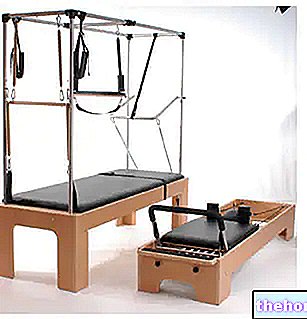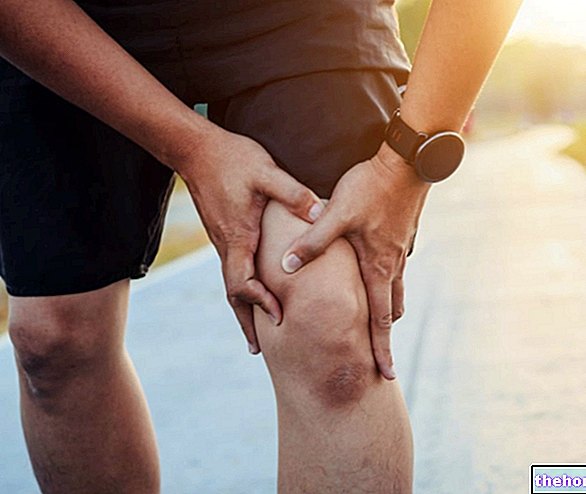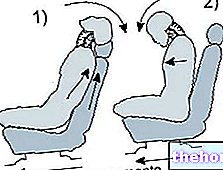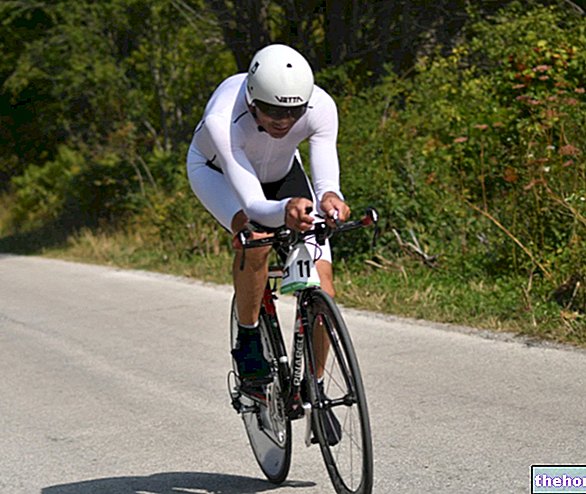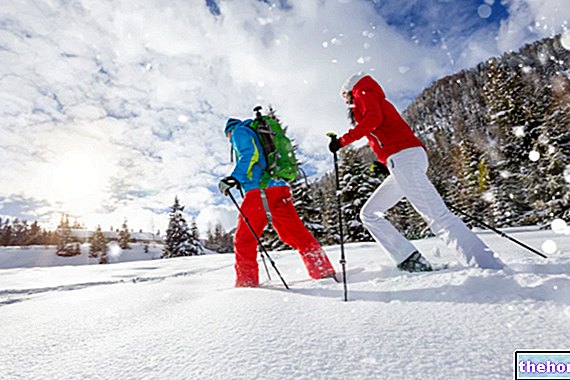Let's talk about the knee, trying to give an explanation to all those pains that afflict it and, if possible, to recommend the remedies and treatments currently available.
A QUICK LOOK AT THE ANATOMY OF THE KNEE

All articular surfaces are coated with cartilage, a special protective tissue that reduces friction inside the joint. Further protection from trauma and wear comes from the presence of two menisci, one medial and one lateral. Both these structures, with a semilunar shape, they function as shock absorbers, facilitating movement and protecting the entire knee.
A fibrous sleeve, called a capsule, wraps the entire joint, stabilizing it during movement. A membrane, called synovial, lines the internal surface of the capsule and secretes a viscous liquid that lubricates and nourishes the joint.
The knee is also stabilized by four strong ligaments: two lateral ones called medial or internal collateral (MCL) and external lateral collateral (CLL), and two internal ones called anterior cruciate (ACL) and posterior cruciate ligament (PCL).
There are also numerous other anatomical structures such as bags and minor ligaments which together increase the stability and functionality of the joint.
Trauma and knee pathologies
Due to the presence of numerous anatomical structures, the pathological processes affecting the knee are numerous. However, statistics in hand, we find that classifying these injuries is not that difficult. We can make a first major distinction by separating degenerative pathologies from those of a traumatic nature:
DEGENERATIVE PATHOLOGIES: due to small muscle and joint imbalances, with the passage of time and with repeated use, the knee slowly undergoes more or less serious alterations. This is the case, for example, of arthrosis, a disease that affects and degrades the articular cartilage Other examples of pathologies that accelerate the degenerative phenomena of cartilage or bones are: gout, scleroderma and diabetes.
A separate category should be made for processes of an infectious (rheumatoid arthritis) and tumor nature. Fortunately, the hypothesis that knee pain is related to these diseases is quite remote.
Osteoarthritis of the knee
Problems with playing the video? Reload the video from youtube.
- Go to the Video Page
- Go to Wellness Destination
- Watch the video on youtube
TRAUMATIC PATHOLOGIES: in sports, the knee is the joint most frequently affected by injuries. Following a trauma, one or more of its constituent structures could in fact be injured. Often these injuries alter the normal joint relationships of the knee and, if they are not adequately treated, they risk, in the long run, giving rise to degenerative processes.
In men, the traumatic and degenerative aspect generally prevails, due to the heavier sports and work activities. On the other hand, women are more prone to problems due to muscle weakness or imbalances; after menopause the risk of osteoarthritis increases significantly.
RISK FACTORS
Obesity
Old age
Sports, especially high-risk traumatic contact
Long-standing knee injuries
Dietary factors (vitamin D deficiency)
Muscle weaknesses and imbalances
REMEMBER TO:
go to a specialist to prevent a small damage from turning into a big problem
Interpret pain in relation to its characteristics
WHERE IS IT?
pain in the front of the knee: probably related to problems with the extensor system (patellofemoral pain syndrome, patellar tendonitis)
pain in the medial (internal) part: related to problems with the medial meniscus or the medial collateral ligament
pain in the external part (lateral): more rare, it may be due to a lesion of the lateral collateral ligament (after a traumatic event), of the lateral meniscus or to the iliotibial band syndrome (in sportsmen, especially runners who run downhill)
pain in the back: (rare), could be caused by posterior cruciate ligament injury
Knee: second part "

